
Real European gooseberries (Ribes uva-crispa) have been grown and used as food for centuries. Maybe for this reason other fruits have also been given the name gooseberry even though none of them really bare any resemblance to the real European Gooseberry. European explorers and settlers tended to name new plants after ones 'back home' that they thought they resembled, even though they were nothing like them. None of the other fruits that are called gooseberry are even in the same family of plants. It does cause much confusion especially with Indian Gooseberries.
|
Real European gooseberries (Ribes uva-crispa) grow on thorny shrubs which are cold and somewhat shade tolerant. They grow well in the Northern US not so well in southern states where it tends to be too hot. In mid state zones 6-7a they will totally defoliate in the summer months to deal with the heat. Below zone 7a they are very difficult to grow. They also like sandy well drained soils and don't do as well on clay. They are related to currents. |
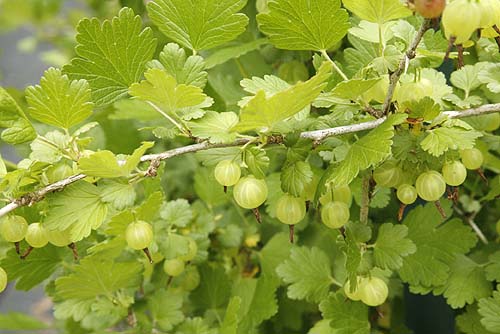 |
|
Indian Gooseberries or Amla and sometimes as Emblic (Phyllanthus emblica) are much larger fruits that grows on tropical trees reaching 26 feet (8m) in height. They are used extensively in Ayurvedic medicine and are also tart leaning more towards bitter. They cannot grow in the US its too cold. Perhaps in southern Florida. |
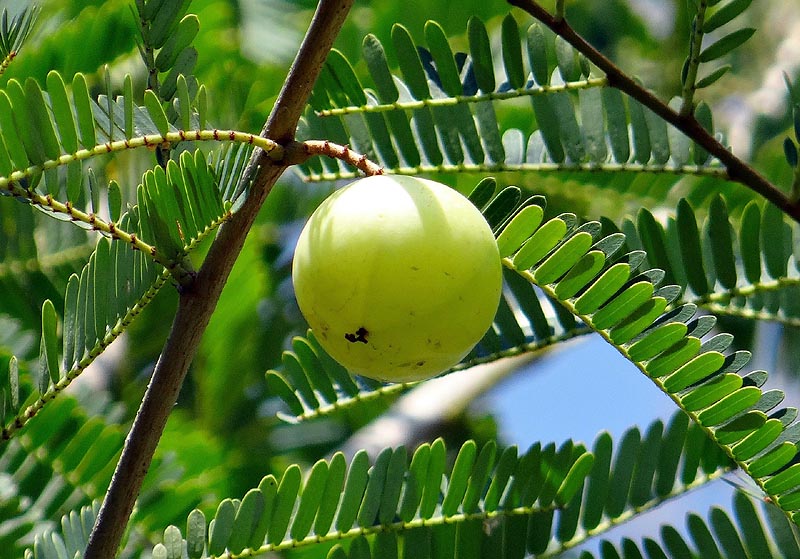
|
|
Star Gooseberries also called Otaheite gooseberry, Malay gooseberry, Tahitian gooseberry (Phyllanthus acidus) also grow on tropical trees or small shrubs. They have large leaves more like Sumac and again do not grow in the US since they need tropical conditions. The fruits resembles a mini pumpkin in shape, they are smaller and than the Indian variety but are also acidic. They bare no resemblance to real gooseberries whatsoever. |
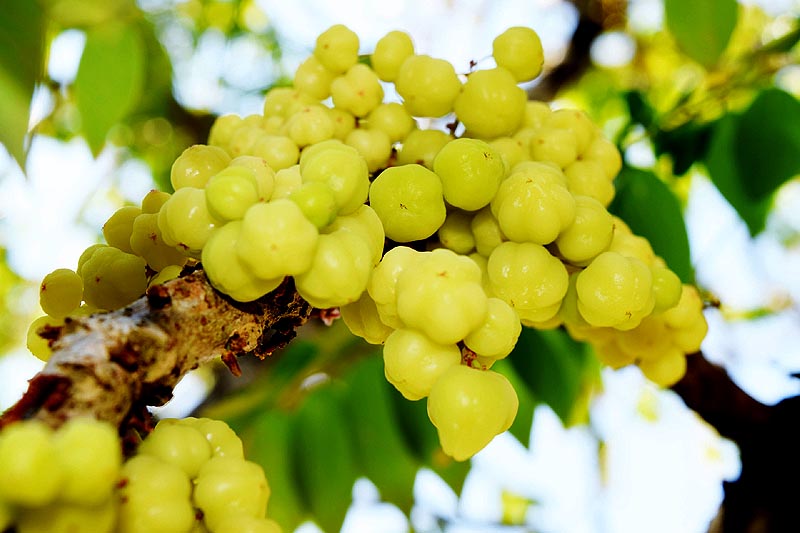
|
|
Cape Gooseberries often called golden berries or Peruvian groundcherry (Physalis peruviana) are related to the tomato. These grow on soft vigorous bush like shrubs. They can be grown from zone 6 - 10. In zones 6 and 7 they are grown as annuals but will act as perennials from zone 8 onwards. They are golden berries wrapped in a papery husk. The bushes are soft and tender and cannot tolerate any cold. |
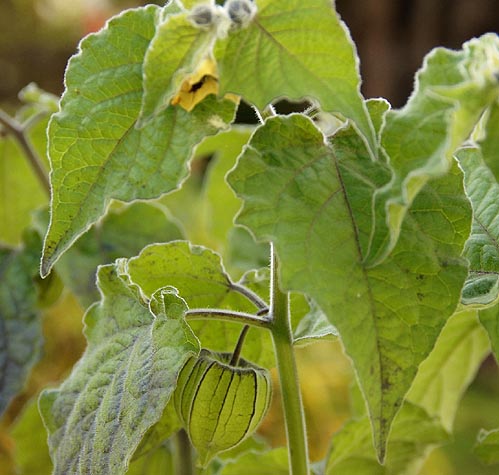 |
|
Chinese Gooseberries have now been renamed as kiwi fruit mostly as a marketing ploy by growers in New Zealand where the majority of large kiwi fruit are grown.. These grow on vigorous vines. There are two kinds the large ones that can be purchase in most grocery stores are semi tropical and again do not grow in most of the United States. The second kind known as hardy kiwi berries that are much smaller, and have a lot more flavor. These can be grown to zone 6 but are very susceptible to late frosts. The hardy kiwis are oval fruits about the size of an olive they are soft and sweet and again nothing at all like a real gooseberry. |
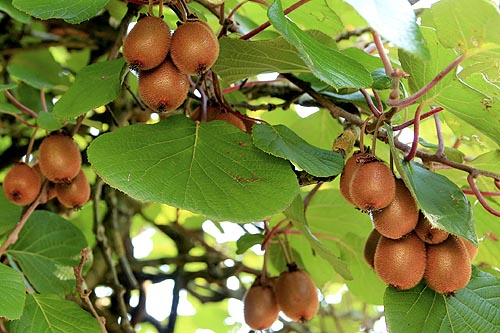 |

For more information about gooseberries please see: